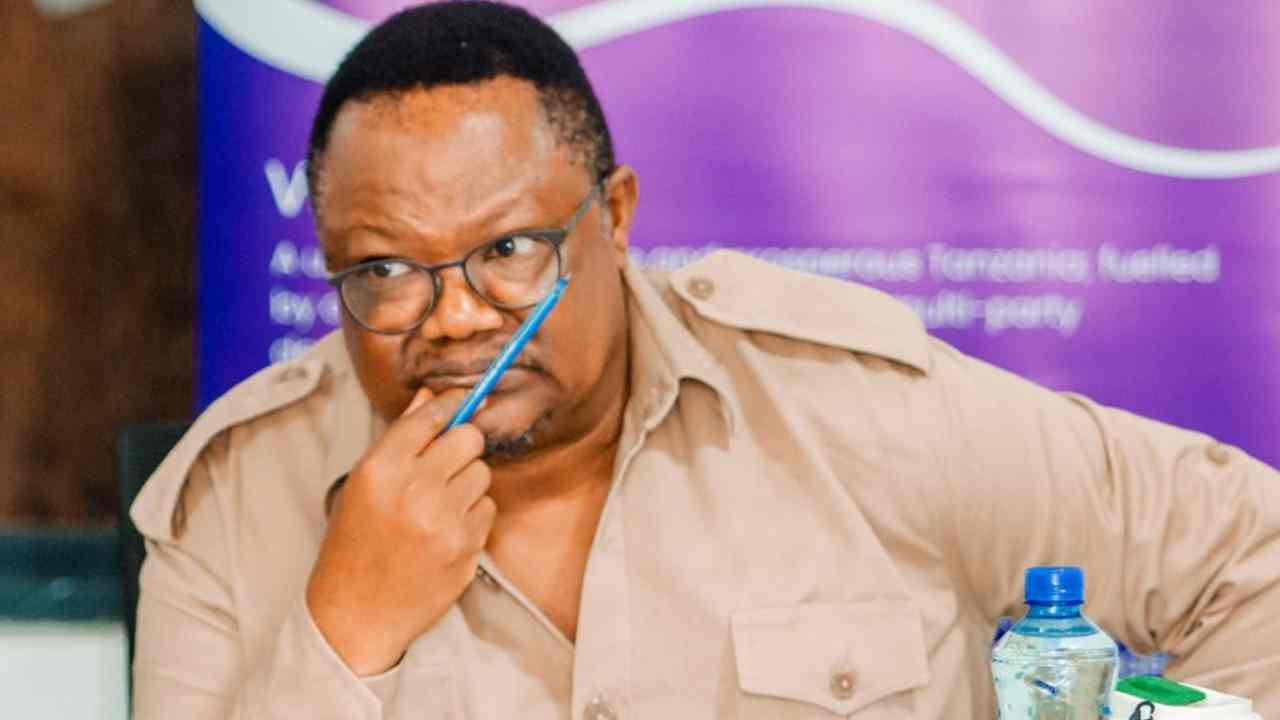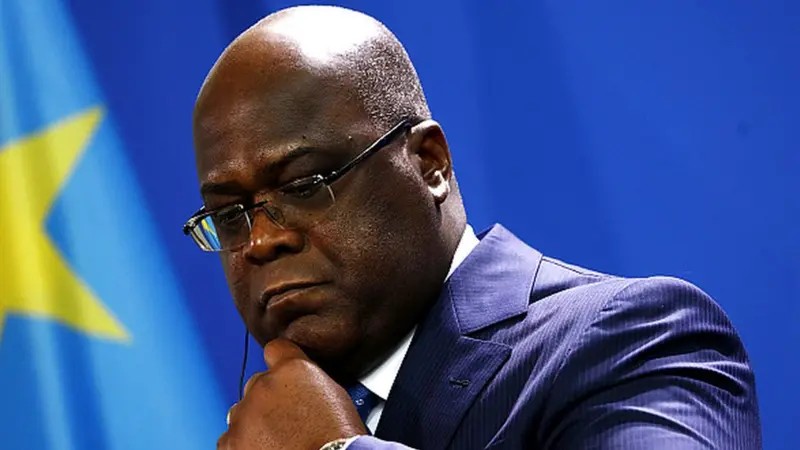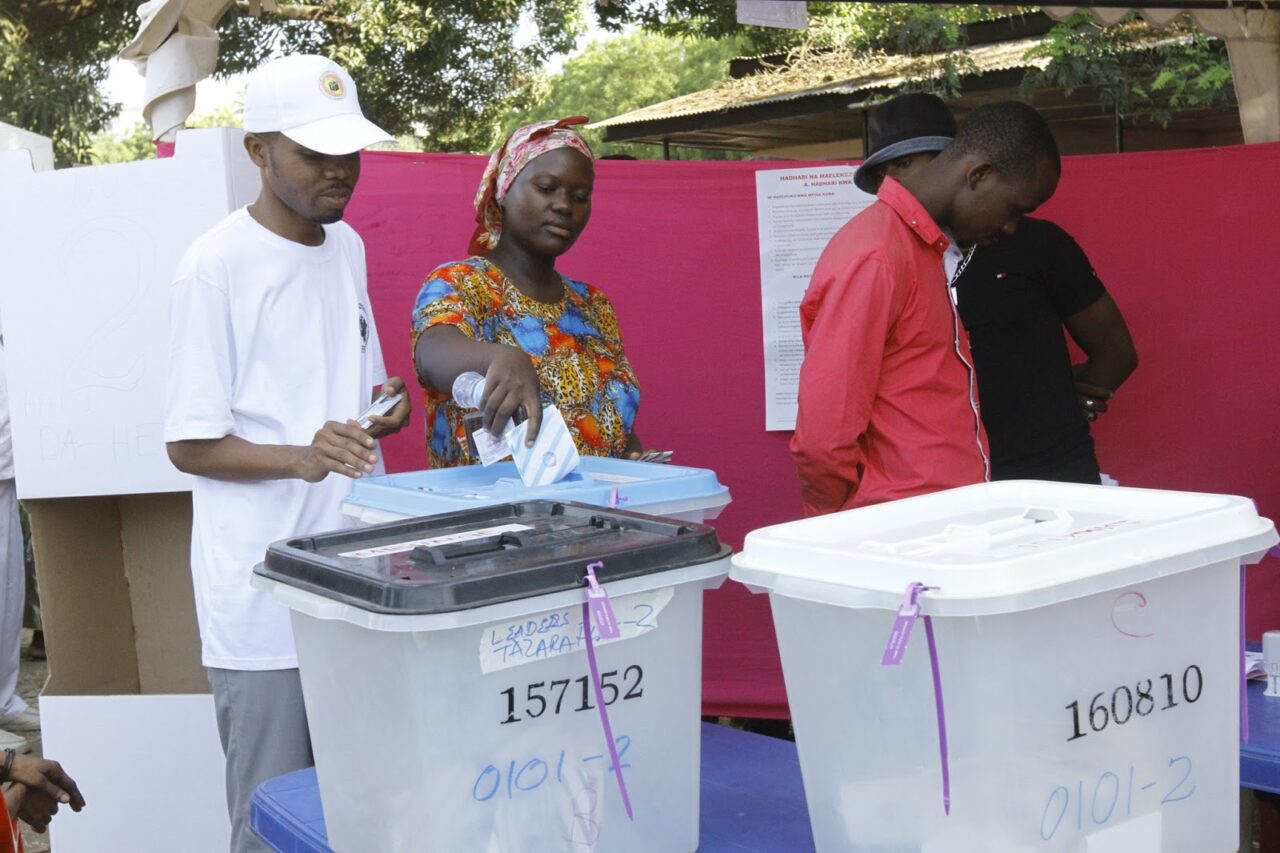REDD is defined by the United Nations Framework Convention on Climate Change (UNFCCC) as “reducing emissions from deforestation and forest degradation in developing countries.”
It also entails additional activities to protect the climate through sustainable forest management to enhance forest carbon stocks, thus the ‘+’ aspect in REDD+.
The idea behind REDD+ arises from the fact that forests act as carbon dioxide, a gas that causes global warming, sinks but can also be the source of its emission if degraded or destroyed.
Under the UNFCCC, REDD+ activities are incentivised through payments for verified forest protection and emission reductions.
The compensation can be in the form of direct payments – e.g., for several trees planted– or in exchange for emissions reduction in the form of carbon credits to compensate for greenhouse gasses emitted somewhere else.
READ MORE: The Nairobi Declaration on Climate Change: Some Take-home Message for Tanzania
It is the latterrm that constitutes the current wind of carbon credit trading projects.
Tanzania’s REDD+ experience
In 2008, Tanzania embarked on an ambitious REDD+ programme with support from the Royal Norwegian Government, which injected about US$83 million to support the national REDD+.
The programme piloted eight initial projects to see whether cash compensation to local communities would incentivise them to maintain their forests.
The primary focus was climate mitigation through carbon sequestration and reduced local emissions from forest degradation. It thus formed the groundwork for selling carbon credits on international markets.
Overall, the pilot projects registered some success, such as expanding areas under Community-Based Forest Management (CBFM), village land use planning, carbon monitoring technologies, and testing of carbon payment modalities.
READ MORE: Africa Climate Summit 2023: Will Africa Have One Voice?
At the local community level, REDD+ was generally accepted. This was especially so among villages that mainly depended on forests owned by the state. Elsewhere, there were some levels of scepticism among local communities based on past land-use history.
For instance, the introduction of REDD+ in Kondoa District faced rejection from some villages due to fears over land grabbing and exclusion from forest access.
Eventually, the REDD+ programme failed to produce workable models. Many projects failed to attain key objectives, given administrative short-sightedness and poor financial management strategy.
For example, limitations in national governance in aspects such as decision-making and co-financing were major impeding factors.
Other reasons for the failure include the disregard for ongoing local processes coupled with the establishment of parallel ‘new’ structures from scratch.
Another challenge was the interference by ‘donor experts’ in local processes, undermining the legitimate democratic processes at local levels.
READ MORE: Reflecting COP26 Outcomes: The UN Climate Change Conference Falls Short – Again
Besides, although local communities generally played a central decision role, their true empowerment and actual control over REDD+ processes were questionable.
The REDD+ programme largely ignored the real representation of forest-dependent communities and was instead dominated by donors, the government, and NGOs.
This happened because the structures and processes of participation were buttressed by power differentials among actors.
Consequently, most REDD+ projects in Tanzania failed to initiate the process for trading emissions reduction credits in voluntary carbon markets as originally intended.
Even as early as 2016, when the Norwegian-funded REDD+ programme had phased out, it was apparent that relying on voluntary carbon markets for financing avoided deforestation was risky.
READ MORE: Tanzanian Ladislaus Chang’a Among Three Newly Elected IPCC’s Co-Chairs
As a result of that, the fund-based approach was deemed suited for REDD+ instead of the market approach.
Current trends
Since the adoption of the Paris Agreement at COP 21 in 2015, climate change mitigation efforts are intensifying globally. Countries with forest resources, like Tanzania, present an opportunity for ‘emitters’ to offset their emissions reduction obligations.
As a result, there is a surge in carbon forestry projects in Africa to maintain existing carbon sinks – forests– through REDD+ or restore and create new carbon sinks through tree planting projects.
The emissions trading is done under voluntary carbon markets involving mainly private companies and local communities.
Tanzania is one of the major recipients of carbon trading projects in the region. A substantial proportion of these projects are implemented in community forests.
READ MORE: Carbon Credits Trading: A New Form of Africa’s Colonialism?
The rest are implemented in a range of protected forest categories under both local government – district authorities– and the central government through several conservation agencies within the Ministry of Natural Resources and Tourism (MNRT).
The mounting interest in carbon trading in Tanzania has compelled the country to enact the Carbon Trading Regulations of 2022 under the Environmental Management Act of 2004 and the making of National Carbon Trade Guidelines.
Enactment of the regulations is reported to have attracted carbon trading investment worth US$1 billion in 2022.
Authorities have reportedly indicated that Tanzania expects investments in carbon-offsetting projects worth over US$20 billion from more than 20 companies.
Besides, the country anticipates that carbon trading will contribute to the Nationally Determined Contributions (NDCs). Tanzania aims to cut emissions by 30 or 35 per cent by 2030.
READ MORE: UAE-Based Blue Carbon Join Forces With Tanzania to Accelerate Transition to Low-Carbon Economy
Prospects
Going forward, the main question is whether there were any lessons learned from the previous 2008-2016 Tanzania REDD+ experience and the extent to which these inform current market-based carbon trading projects in the country.
Much as carbon forestry projects play a critical role in contributing to global mitigation goals, they must uphold effective inclusion of and benefits to local communities by ensuring that their local communities’ influence and decision power form a critical part of these projects.
It is also imperative that these projects mitigate any threat of loss of access and ownership of land resources among local communities.
Dr Ronald B. Ndesanjo is a climate, environment and sustainability consultant based in Dar es Salaam, Tanzania. He is available at ronald.ndesanjo@gmail.com. These are the writer’s own opinions and do not necessarily reflect the viewpoints of The Chanzo. Do you want to publish in this space? Contact our editors at editor@thechanzo.com for further inquiries.





One Response